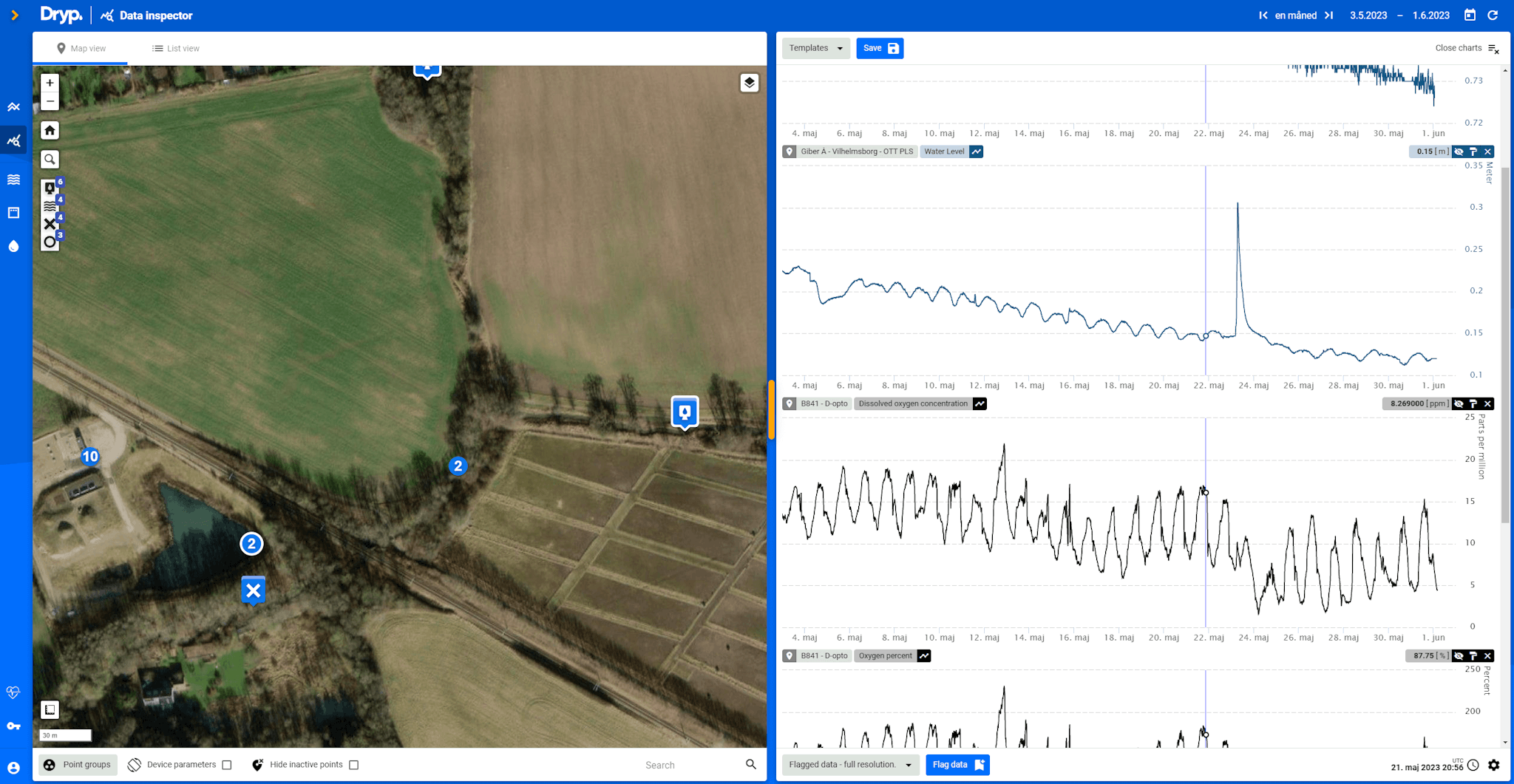Digitizing Natural Water Systems with Remote Monitoring
Remote Operability
Monitor natural water systems in even the most remote locations.
Monitoring natural water systems brings about numerous benefits for ecosystems and helps mitigate human impact on these vital resources. By closely observing and analyzing these systems, scientists and researchers can gain valuable insights into the health and functioning of ecosystems. Monitoring enables the identification of changes in water quality, flow patterns, and biodiversity, aiding in the early detection and response to environmental issues such as pollution, habitat degradation, or invasive species. Through continuous monitoring, ecosystem dynamics can be better understood, allowing for informed decision-making in conservation efforts and resource management.
Furthermore, monitoring natural water systems plays a crucial role in reducing human impact on these delicate environments. By closely tracking water usage, extraction, and discharge, monitoring programs can help identify unsustainable practices and support the development of more efficient and responsible water management strategies. Real-time monitoring systems can promptly detect irregularities, enabling swift action to mitigate potential risks and prevent harm to ecosystems. Additionally, monitoring data can inform the implementation of policies and regulations aimed at protecting water resources and minimizing human activities that may disrupt or degrade natural water systems. Ultimately, by incorporating monitoring into water management practices, we can foster a greater understanding of ecosystem dynamics, promote sustainable water use, and minimize our overall impact on these invaluable natural resources.
